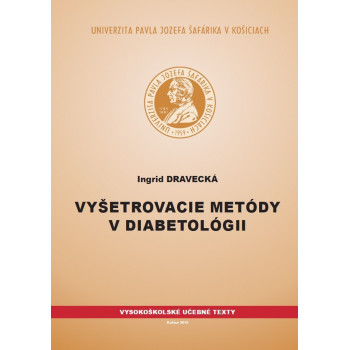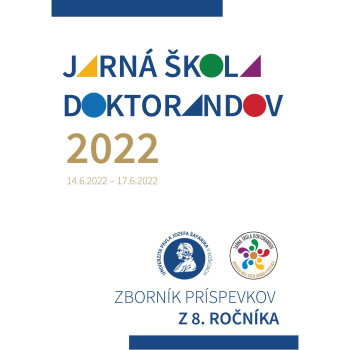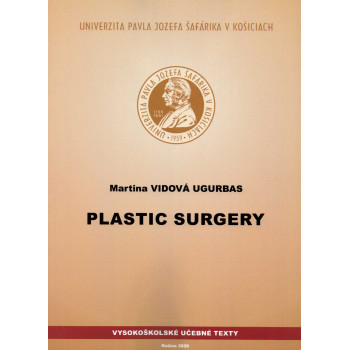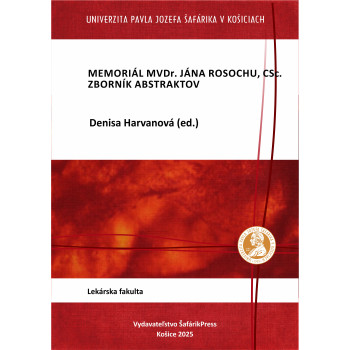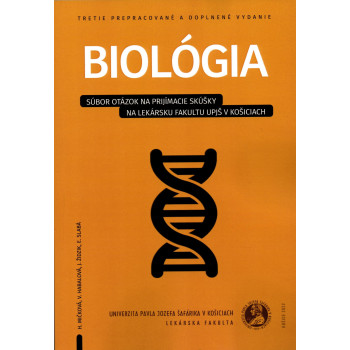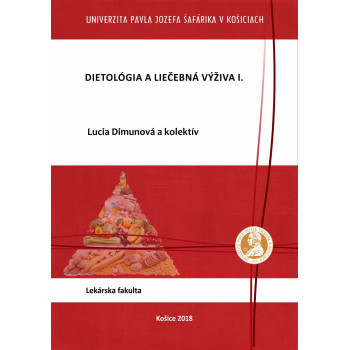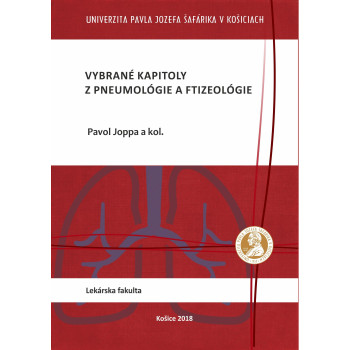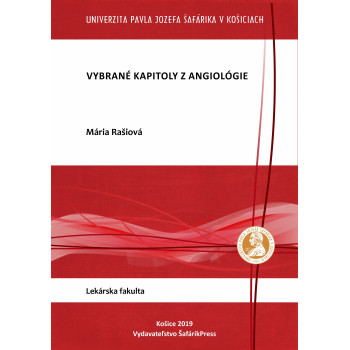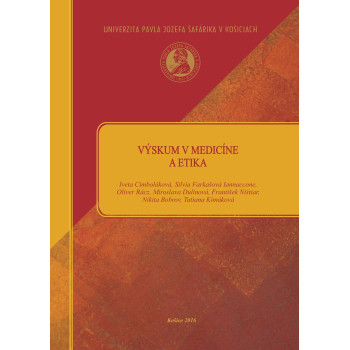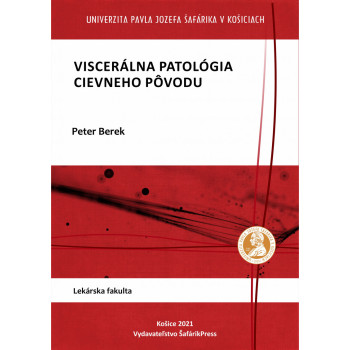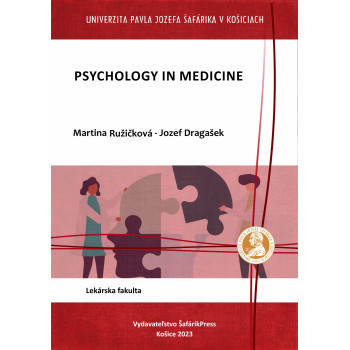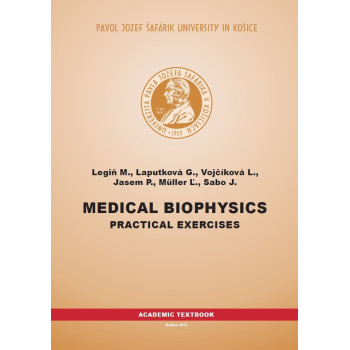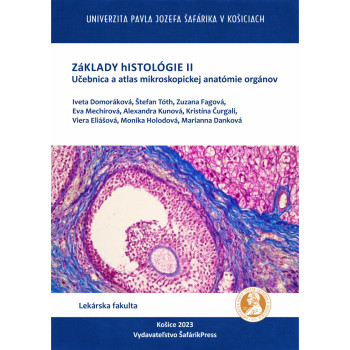Lucia Dimunová et al.
Nutrition is among the fundamental needs of humans. A good nutritional status directly impacts an individual’s growth and development, health maintenance, and quality of life. This university textbook addresses nutrition in the context of dietetics and therapeutic nutrition, offering an overview of basic food components such as proteins, fats, carbohydrates, vitamins, and minerals.
It provides detailed insights into nutritional requirements across different developmental stages. In assessing nutritional status, it explores evaluation methods, including nutritional screening, anthropometric measurements, clinical assessments, and laboratory tests.
The text clarifies the structure of nutritional care systems for patients in home settings, healthcare facilities, and social institutions through a unified dietary system that defines basic and specialized diets. Alternative nutrition methods are discussed separately, with enteral and parenteral nutrition serving as alternatives during unfavorable health conditions.
The authors focus on application techniques and complications associated with these methods. The book concludes with food safety considerations and foundational principles of the European Union’s food policy. Currently, dietetics and therapeutic nutrition form a critical component of professional training for healthcare students in both undergraduate and postgraduate education, for whom this textbook is designed.
Authors’ Collective
Download the e-book for free (pdf)
